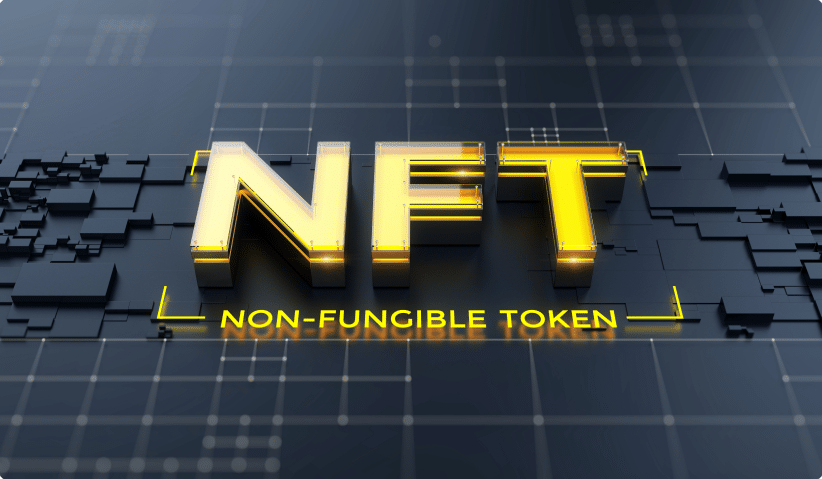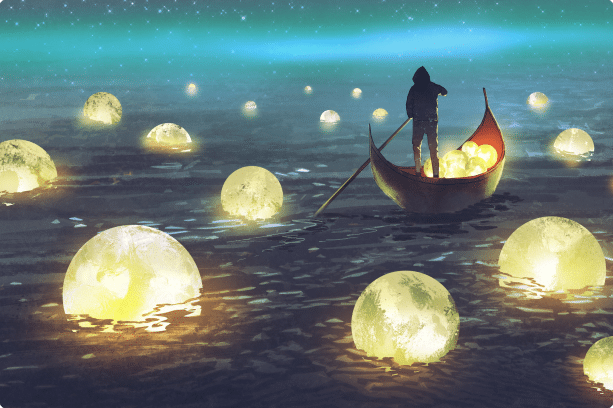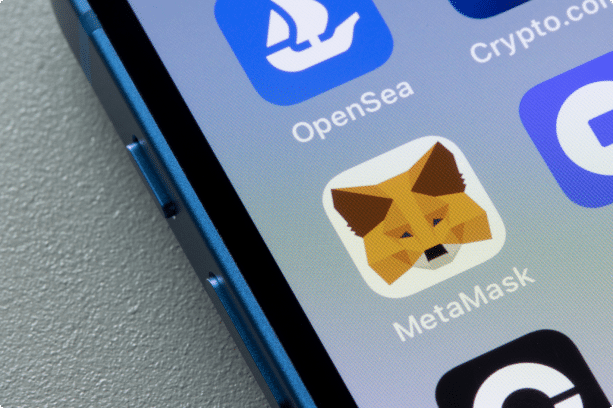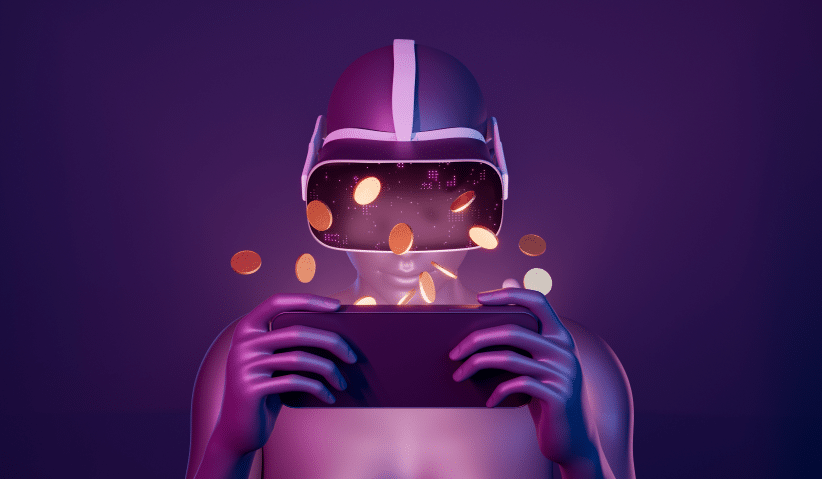Non-Fungible Tokens (NFTs) are blockchain-based digitized resources (or relics) that are unique. No two NFTs are similar, and these are what you can consider as a digital collectible. They are not commonly tradable and can’t be traded with each other. Henceforth, the name is non-fungible and is the thing that makes them unique about digital forms of money that are fungible.
Consider Pokémon cards, uncommon coins, or a limited-edition pair of Jordans: NFTs make shortage among in any case boundlessly accessible resources and there’s even an authentication of legitimacy to demonstrating it. NFTs are regularly used to purchase and sell digital fine art and can appear as GIFs, tweets, virtual exchanging cards, pictures of actual items, computer game skins, virtual land, and that’s just the beginning.
NFTs work like cryptographic tokens, yet, not at all like digital currencies like Bitcoin, NFTs are not tradable together, thus not fungible. While all bitcoins are equivalent, each NFT might address an alternate basic resource and accordingly may have an alternate worth. NFTs are made when blockchains implant data of cryptographic hash (a bunch of characters recognizing a bunch of data) onto records hence making a chain of recognizable information blocks. This cryptographic exchange process guarantees the verification of each digital document by giving a digital signature that is utilized to follow the NFT proprietorship. Nonetheless, information interfaces that highlight subtleties like where the artisanship is put away can bite the dust.




